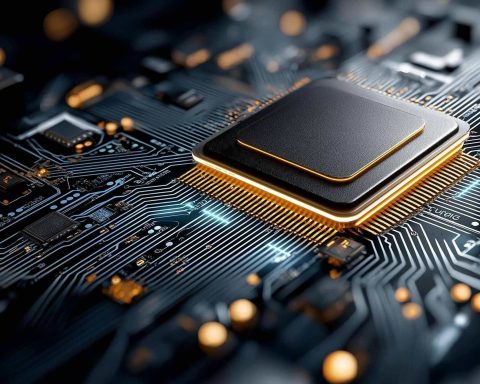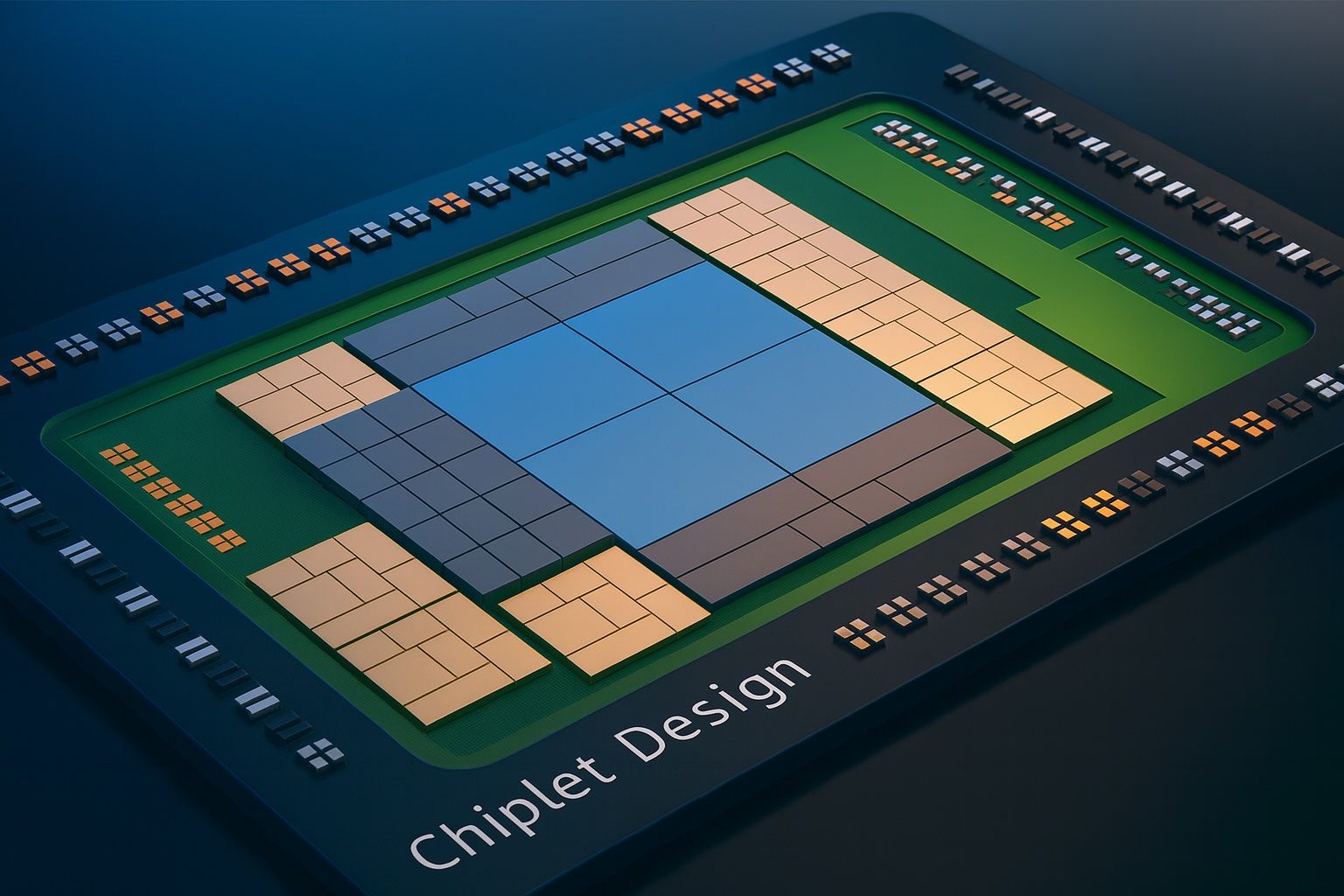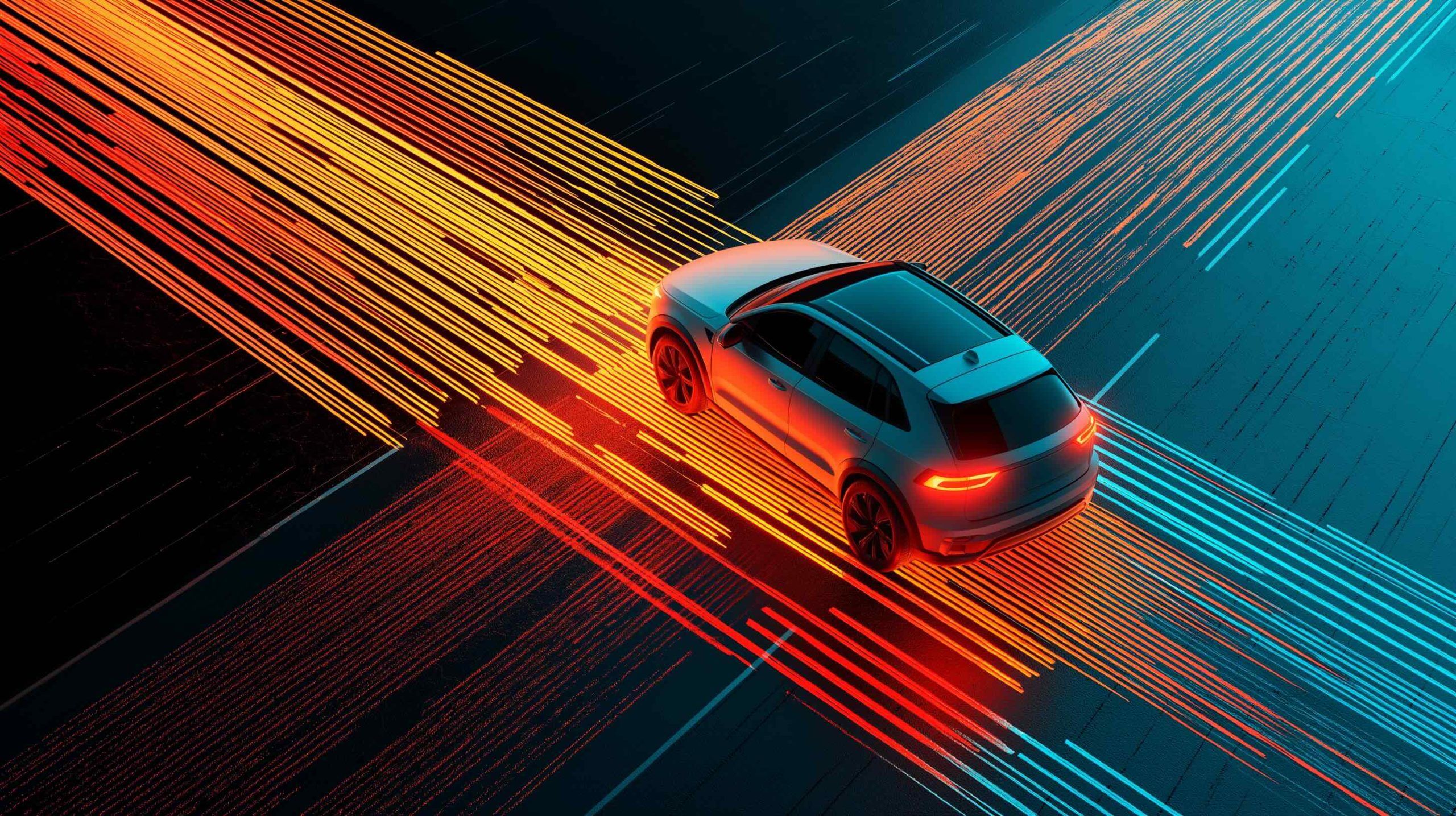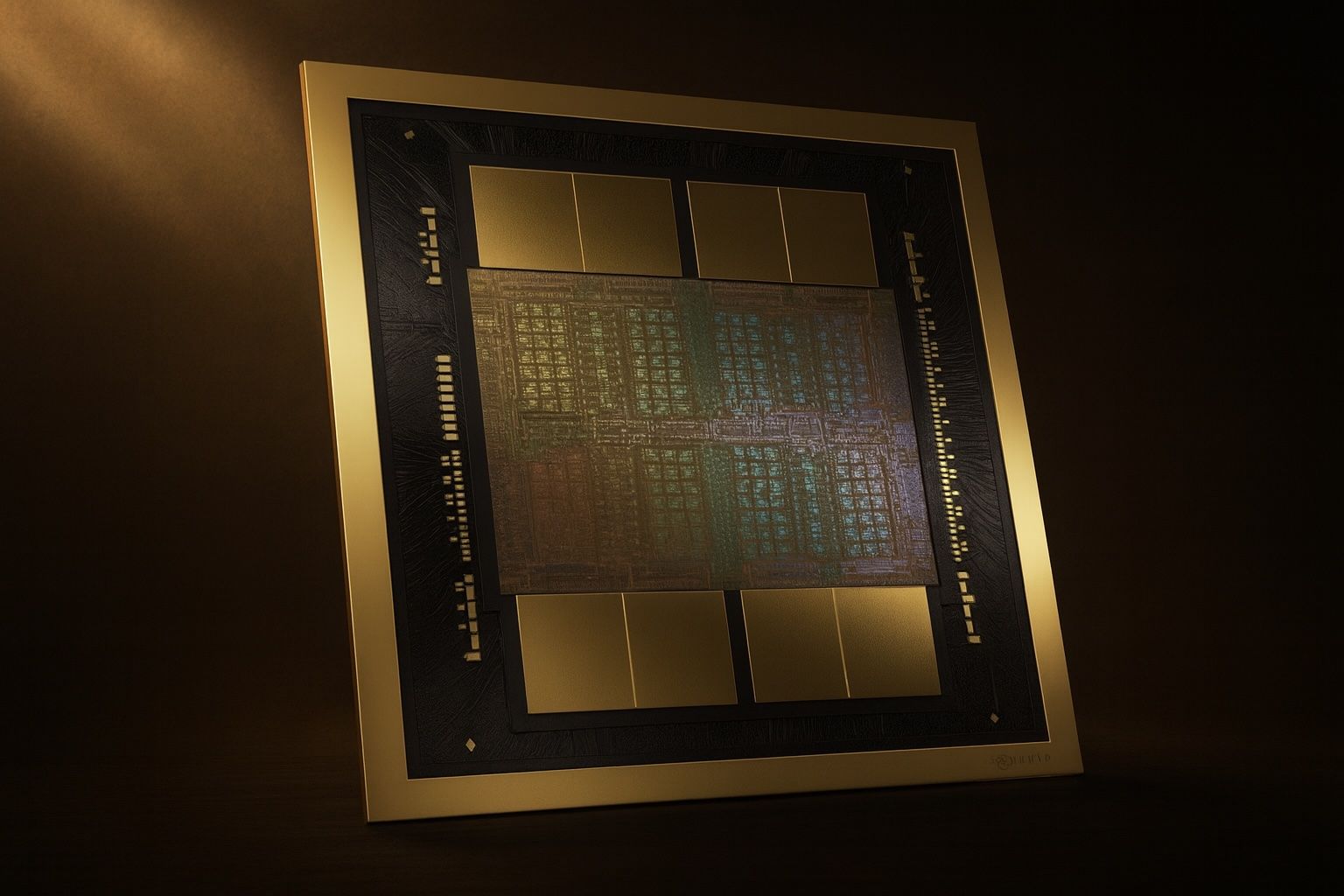
Semiconductor News Today, December 5, 2025: China’s Moore Threads IPO Explodes, AMD’s China Strategy, and a Deepening AI Memory Crunch
The semiconductor industry is closing out the first week of December 2025 with a mix of frothy IPOs, tougher export‑control politics, supply‑chain stress around AI memory chips, and some quietly huge moves in materials and metrology tech. Below is a


